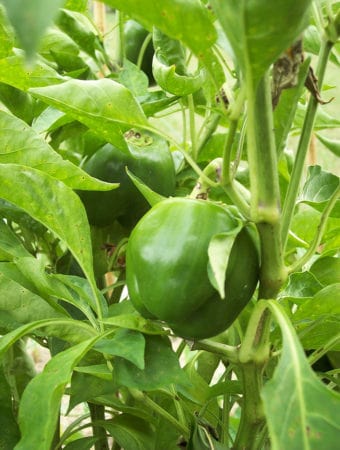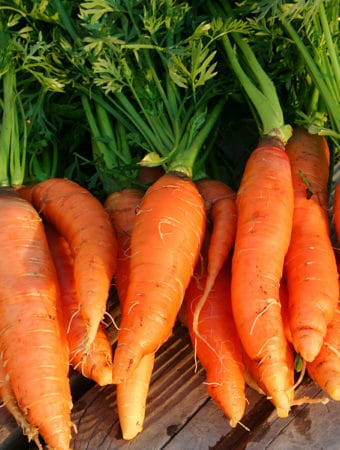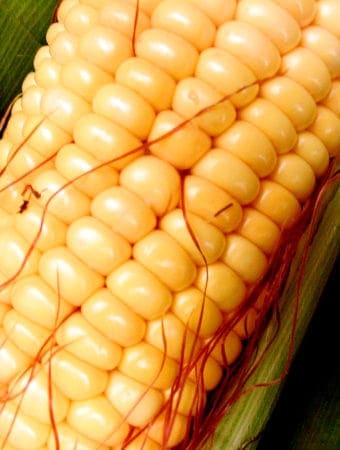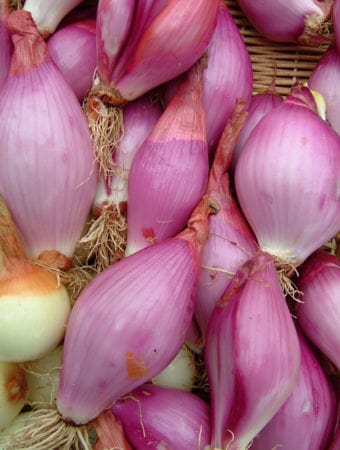A vegetable garden can be any size and shape. In one season, a garden as small as just 4-by-4 feet can produce a head of cabbage, a head of broccoli, a head of cauliflower, four heads of romaine lettuce, four heads of leaf lettuce, nine bunches of spinach, nine bunches of Swiss chard, sixteen baby carrots, sixteen full-size carrots, sixteen beets, and thirty-two radishes. All of that during just the cool time of the year. The same garden bed can be planted with tomatoes, beans, peppers, and cucumbers when summer comes. Just think what you could grow in a planting bed twice that size if you planted in both the cool and warm times of the year.
When you are deciding how big your vegetable garden should be—think first about the time you have for gardening. How many minutes or hours do you have in a week to care for your garden? Be conservative. Don’t over-commit. Start small. With experience, your garden can grow and grow. A small garden well maintained is better than a large garden that will leave you tired or discouraged by midsummer.
Garden Planning Books at Amazon:
- Vegetable Garden Almanac & Planner
- Kitchen Garden Grower’s Guide Vegetable Encyclopedia
- Tomato Grower’s Answer Book
- Vegetable Garden Grower’s Guide
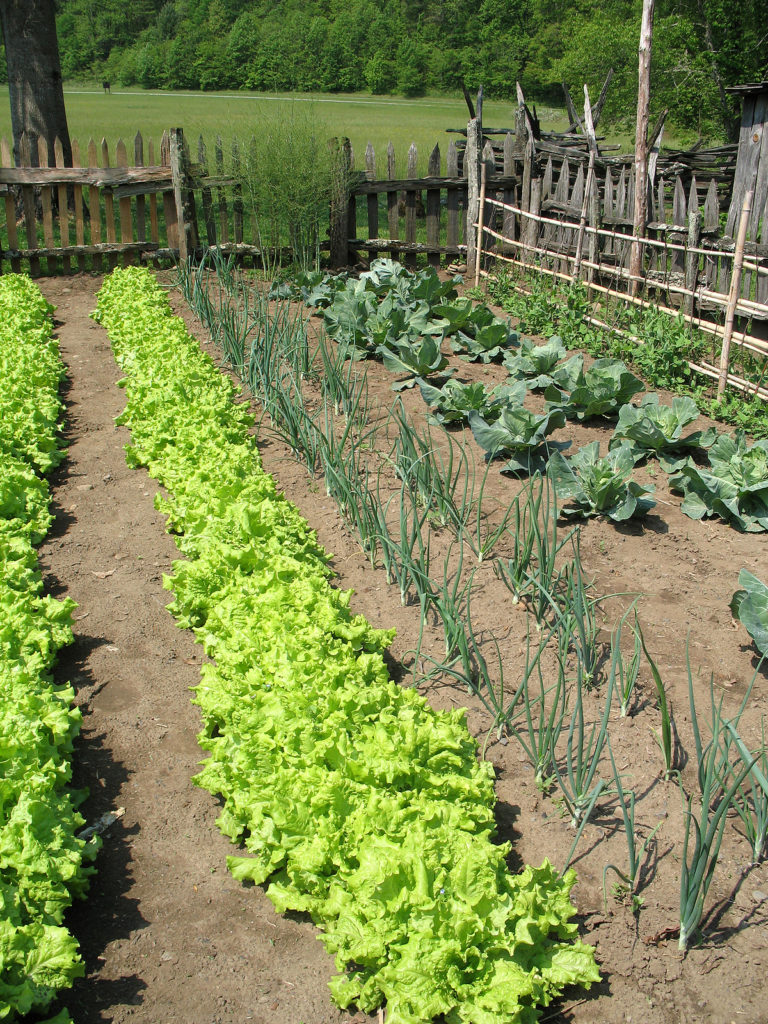
How large should your vegetable garden be?
The answer to this question will come by answering a few other questions:
- How much time can you spend in the garden? You don’t want a garden larger than you have time for.
- What vegetables do you and your family like? Keep a family food diary for 2 to 4 weeks. Record all of the vegetables, fruits, and herbs you eat fresh—or would like to eat fresh.
- Would you like to store or preserve vegetables for the off-season, for winter? If you plan to freeze, dry, or can some of your harvests, you will want to grow more.
- How much space do you have? Use graph paper to map out your potential garden. Draw in beds and paths—how many square feet do you have to work with?
- Plan a small garden first. To get started grow a limited variety of vegetables. Start with the vegetables, herbs, and small fruits you love most. Grow the size of your garden as you gain experience.
- During the first year, keep a notebook; record what worked and what didn’t work. What was fun about the garden and what you did not like? What crops grew well and which ones were difficult? Write suggestions to yourself for next season.
- Your garden will improve from one year to the next and your enjoyment will grow.
Good Products at Amazon for Raised Bed Growing:
- Galvanized Raised Bed 8×3
- Cedar Raised Bed 4×8
- Elevated Cedar Planter 4×2
- Walk-In Greenhouse Tunnel 15x7x7
- Row Cover for Freeze Protection 10×30
Garden size, keep the following in mind:
- Existing trees, shrubs, walks, and buildings may determine, in part, where you can plant and how much vegetable growing space you will have.
- Look at your site throughout the day and map where and when the garden is in the sun or shade.
- Pick a spot close to a water source and close to the house. It also should be close to the tool shed and a site for a compost pile.
- Choose a spot for your planting beds that is easy to access; you’ll want planting beds that are easy to work with an outstretched arm. If your planting bed is accessible from only one side, make sure you can reach comfortably to the back of the bed without stepping into it.
Related Articles Include:
What Every Vegetable Garden Needs
Starting Your Organic Vegetable Garden
Vegetable Crops for Beginning Gardeners
Vegetable Crops Yields, Plants Per Person Estimator
Vegetable Garden Quality, Yield Savings Comparison
Estimating Yields of Vegetable Crops
Garden Planning Books at Amazon:
- Vegetable Garden Almanac & Planner
- Kitchen Garden Grower’s Guide Vegetable Encyclopedia
- Tomato Grower’s Answer Book
- Vegetable Garden Grower’s Guide




